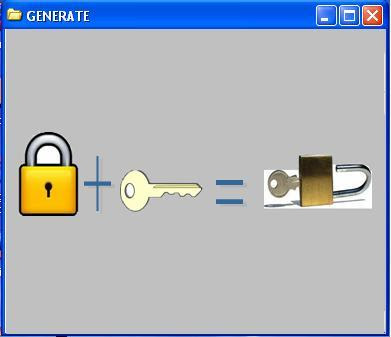
POISION IVY IS A (RAT)
A remote access tool (a RAT) is a piece of software that allows a remote "operator" to control a system as if he has physical access to that system. While desktop sharing and remote administration have many legal uses, "RAT" software is usually associated with criminal or malicious activity. Malicious RAT software is typically installed without the victim's knowledge, often as payload of a Trojan horse, and will try to hide its operation from the victim and from security software.
The operator controls the RAT through a network connection. Such tools provide an operator the following capabilities:
- Screen/camera capture or image control
- File management (download/upload/execute/etc.)
- Shell control (from command prompt)
- Computer control (power off/on/log off if remote feature is supported)
- Registry management (query/add/delete/modify)
- Other software product-specific functions
Its primary function is for one computer operator to gain access to remote PCs. One computer will run the "client" software application, while the other computer(s) operate as the "host(s)".
There was a critical little bug in the server building code that I just had to fix. The bug was client-side thus only the client's version has changed (since it assembles the server file).
Thanks to Shaddy who found it and helped me fix it!
So here's a new version with the following changes:
[+] - Feature added
[-] - Feature removed
[*] - Bug fixed on existing feature
[*] Fixed a crash when using both ActiveX and HKLM startup.
[*] Server now removes HKLM startup entry when uninstalled.
[*] Fixed autosave (screen capture) problem that some people experienced.
for more screenshots Click here
Download it from here poision ivy 2.3.2
















.jpg)















